If you or your cat sneeze whenever the litter box is disturbed, the litter itself is often to blame. Clay litters can release dust and fragrances that irritate the airways of both pets and humans.
Switching to a hypoallergenic, low-dust formula can ease symptoms quickly. This guide covers the causes of litter allergies and the best options for sensitive cats.
Identifying the Allergens: Is It the Cat Litter?
While environmental allergies can be tricky to diagnose, litter sensitivities have a tell-tale sign: reactions usually occur immediately after the box is used or cleaned.
Allergy Symptoms in Cats and Humans
It is vital to distinguish who is reacting—the pet, the owner, or both. While respiratory issues are common, human allergic to cat litter symptoms often differ specifically from feline signs. Below is a clear comparison.
| Symptom | Signs in Cats | Signs in Humans |
|---|---|---|
| Respiratory | Sneezing while in the box, wheezing, coughing, or audible “whistling” breath sounds (feline asthma). | Sneezing during scooping, tightness in the chest, runny nose, or coughing fits. |
| Dermatological | Excessive licking of paws, red or swollen paw pads, bald patches on legs or belly. | Human allergic to cat litter symptoms often include hives, itchy skin, or eczema flare-ups after cleaning the box. |
| Behavioral | Avoidance of the litter box, pooping right next to the box, or shaking paws vigorously after exiting. | Red, watery, or itchy eyes immediately after entering the room where the box is kept. |
If these symptoms subside when you switch to a different brand or type of litter, you have likely found your culprit. But what exactly is inside the bag that causes these reactions?
Why Traditional Litter Causes Allergies
To choose the best dust-free cat litter for cats with allergies, it is important to understand why many traditional litters trigger reactions. Most supermarket brands are designed for odor control and strong clumping rather than respiratory safety.
This leads to three common allergy sources: dust, artificial fragrances, and chemical additives.
1. Dust and Airborne Particles
The biggest offender is sodium bentonite clay. When poured or scratched, cheap clay litter releases a cloud of silica dust. For cats with asthma, inhaling this dust can:
- Coat the lungs
- Trigger chronic inflammation
- Cause coughing, wheezing, and irritation
Even so-called “low dust” clay litters leave fine particles on the cat’s fur, which are later ingested during grooming.
2. Added Fragrances and Perfumes
Those “Fresh Linen” or “Mountain Breeze” scents are simply chemical fragrance blends. Cats—whose sense of smell is about 14 times stronger than ours—experience these scents far more intensely. These additives can:
- Irritate the nose and airways
- Cause contact dermatitis on sensitive paw pads
- Trigger reactions in fragrance-sensitive cats and humans
3. Chemical Additives and Clumping Agents
To achieve tight clumping, some brands rely on synthetic bonding agents. While convenient, these additives may:
- Stick to paws and cause irritation
- Be ingested during grooming
- Trigger allergic reactions in sensitive cats
Hypoallergenic litters avoid these issues by using natural clumping mechanisms (such as the starch in tofu or corn), eliminating the need for chemical glues.
5 Best Cat Litters for Sensitive or Allergy-Prone Cats (Comparison Table)
We have analyzed the market to find products that eliminate dust and harsh chemicals. Here are the five best categories of litter for sensitive households.
1. Recycled Paper Cat Litter (Paper Pellets) — Best Overall for Allergies

If your cat is recovering from surgery or suffers from severe asthma, paper pellets are the gold standard.
Why it works: Made from compressed recycled paper (like Yesterday's News), these pellets are virtually dust-free. They do not contain phenols or fragrance oils.
| ✅ Pros | ❌ Cons |
|---|---|
|
|
2. Tofu Cat Litter — Best Clumping & Eco-Friendly Option

Tofu litter is rapidly becoming the best cat litter for cats with allergies for owners who refuse to give up clumping capabilities.
Why it works: Made from pea fiber or soybean dregs, it uses food-grade ingredients. The dust content is negligible compared to clay.
| ✅ Pros | ❌ Cons |
|---|---|
|
|
3. Dr. Elsey’s Respiratory Relief — Best Dust-Free Mineral Litter

For cats that refuse to use anything but a clay-like texture, this is the specialist solution.
Why it works: Dr. Elsey’s has engineered a clay formula specifically stripping out the dust and avoiding plant proteins (which can also be allergens for some cats).
| ✅ Pros | ❌ Cons |
|---|---|
|
|
4. Corn or Walnut Shell Cat Litter — Best Natural Grain-Based Choice

These bio-based litters harness nature's absorbency.
Why it works: Brands like World's Best Cat Litter use corn, while others use walnut shells. They are free from silica dust and synthetic chemicals.
| ✅ Pros | ❌ Cons |
|---|---|
|
|
5. Ultra-Fine Silica Gel Cat Litter — Best for Sensitive Paws

Not to be confused with "silica dust" in clay, silica gel is synthetic, non-toxic, and highly absorbent.
Why it works: The crystals absorb urine instantly, preventing mold and bacteria growth—two secondary allergens that often go overlooked.
| ✅ Pros | ❌ Cons |
|---|---|
|
|
Hypoallergenic Cat Litter Buying Guide
Marketing labels can be misleading. When choosing the best dust-free cat litter for allergy-prone cats, focus on these three essential criteria—not the packaging.
Tip 1. Choose a “99.9% Dust-Free” Formula
No litter can be truly 100% dust-free due to friction during shipping, but 99.9% is the industry standard for safe, low-dust processing.
The Pour Test:
- If a visible dust cloud appears when you pour the litter, it is not suitable for allergic cats.
- Quality tofu or paper litters should show no visible plume.
These materials naturally produce less airborne particulate, minimizing respiratory irritation.
Tip 2. Always Pick “Unscented” Litter
“Unscented” does not always equal “fragrance-free,” and anything marketed as “Fresh Scent,” “Lavender,” or “Lemon” often contains synthetic perfumes that can trigger allergic reactions.
Safer odor-control methods include:
- Activated charcoal
- Baking soda
These neutralize odors rather than masking them with chemical fragrances.
Tip 3. Consider Particle Size and Texture for Sensitive Paws
Allergies often appear as contact dermatitis, especially on the paws. Rough clay granules can create micro-abrasions that allow allergens to penetrate the skin barrier.
Best textures for sensitive paws:
- Soft paper pellets
- Crushed walnut
- Fine-grain tofu
Avoid:
- Sharp silica crystals
- Coarse clay chunks
These harsher materials can worsen irritation and trigger further allergic flare-ups.
Bonus Tip: Does Your Litter Box Design Worsen Allergies?
While choosing the right litter is critical, the design of your litter box plays a massive role in respiratory health. Many owners mistakenly believe that covered or hooded litter boxes contain odors, but for an allergic cat, they can create a “dust chamber” effect, trapping ammonia and fine particles inside where the cat breathes.
Why an Open-Top Automatic Solution Helps: For sensitive households, we recommend switching to an open-top, self-cleaning litter box, such as the Neakasa M1.

- Effortless self-cleaning keeps daily scooping away.
- Open-top design offers comfort and visibility.
- Spacious interior supports cats weighing up to 33 lbs.
Final Verdict
Managing allergies begins with reducing daily irritants—and the litter box is often the biggest one. Most sensitive cats show clear improvement within two weeks of switching to tofu or recycled paper litter.
If you prefer clay, opt for a veterinary-grade, low-dust option like Dr. Elsey’s, rather than supermarket brands. Even this small change can greatly improve your cat’s breathing, comfort, and overall quality of life.
FAQs for Hypoallergenic Cat Litter
Q1. Can cat litter cause skin rashes in humans?
A1. Yes. Cat litter can trigger contact dermatitis or rashes, usually due to added fragrances or the drying effect of sodium bentonite clay on sensitive skin.
Q2. Is crystal litter better for allergy-sensitive cats?
A2. Often, yes. High-quality, unscented silica crystal litter produces significantly less dust than clay, helping to limit mold and bacteria—both common allergens.
Q3. How often should I change litter to reduce allergy symptoms?
A3. Scoop daily and replace all litter every 2–3 weeks. Old litter collects dander, urine proteins, and bacteria that can trigger allergies even when using hypoallergenic formulas.


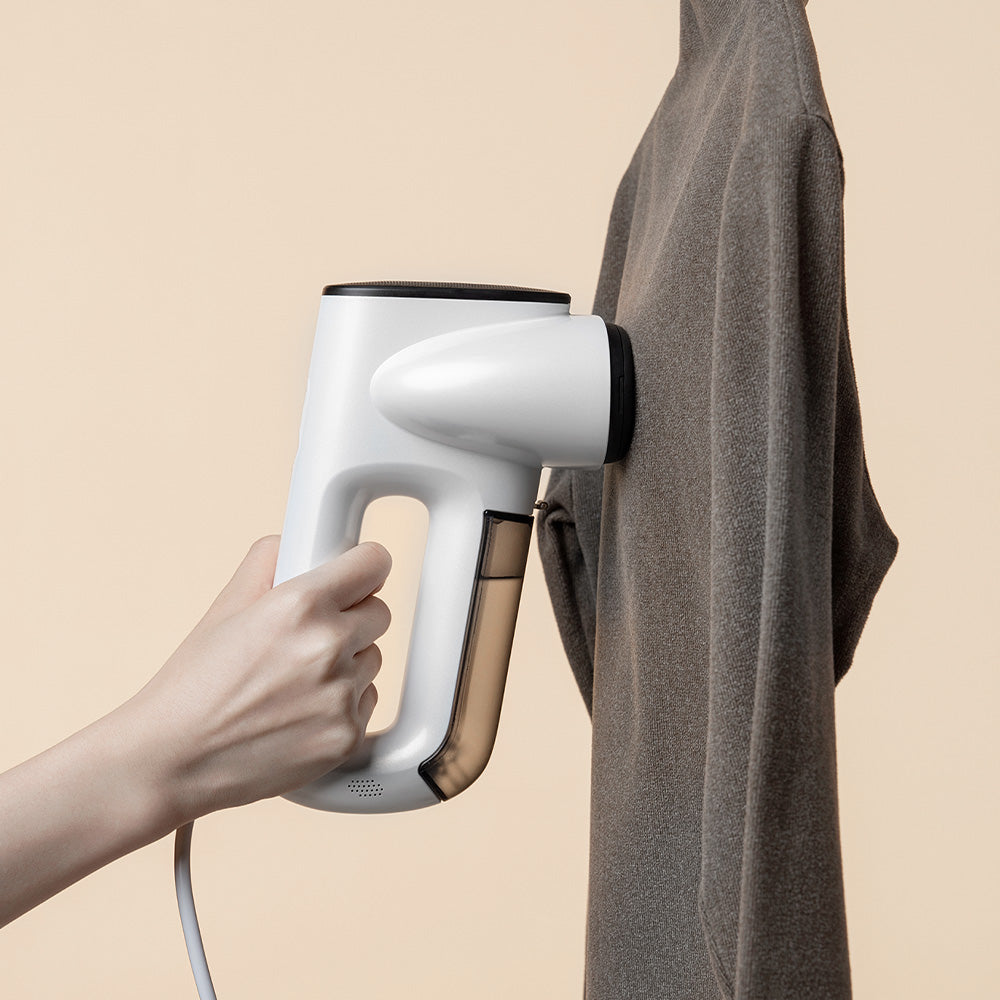
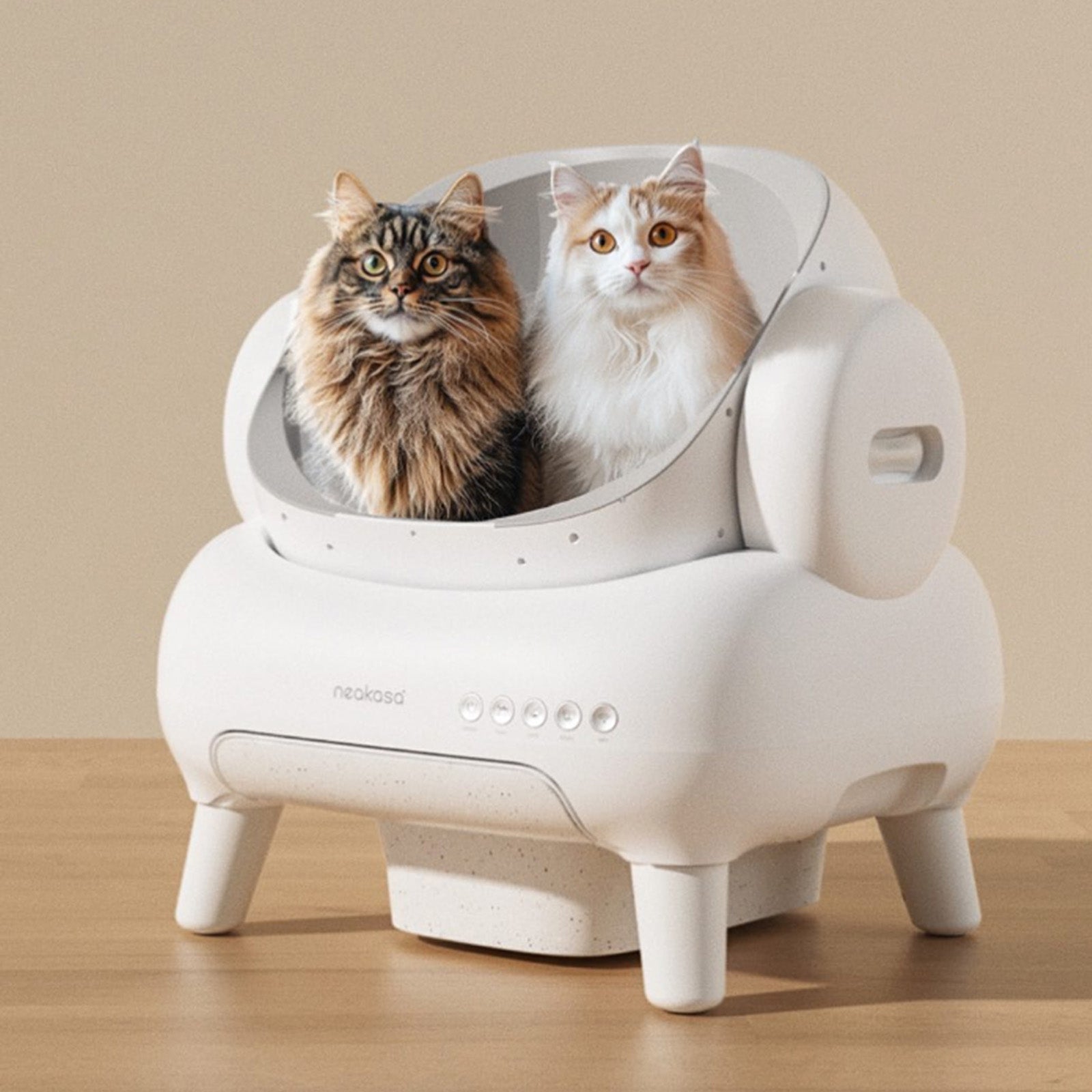
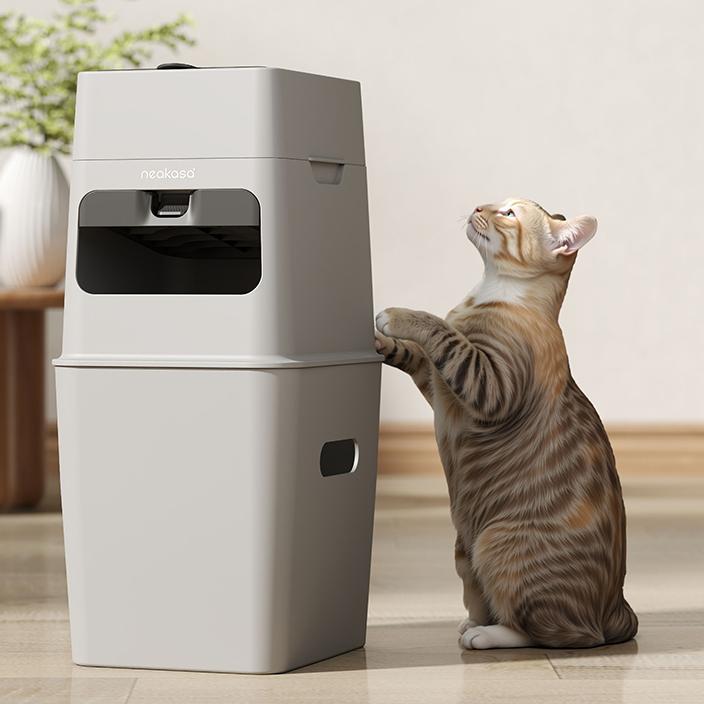
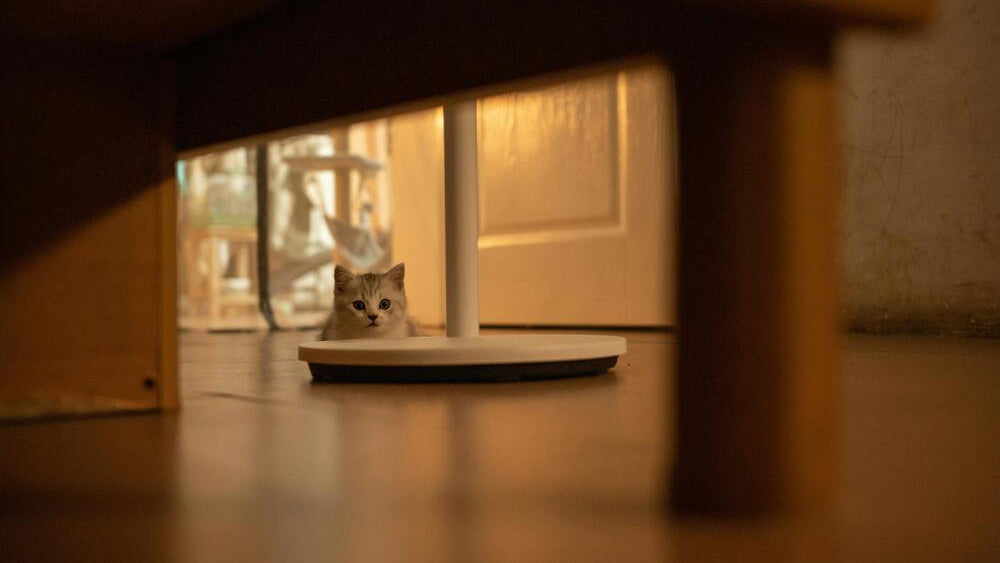


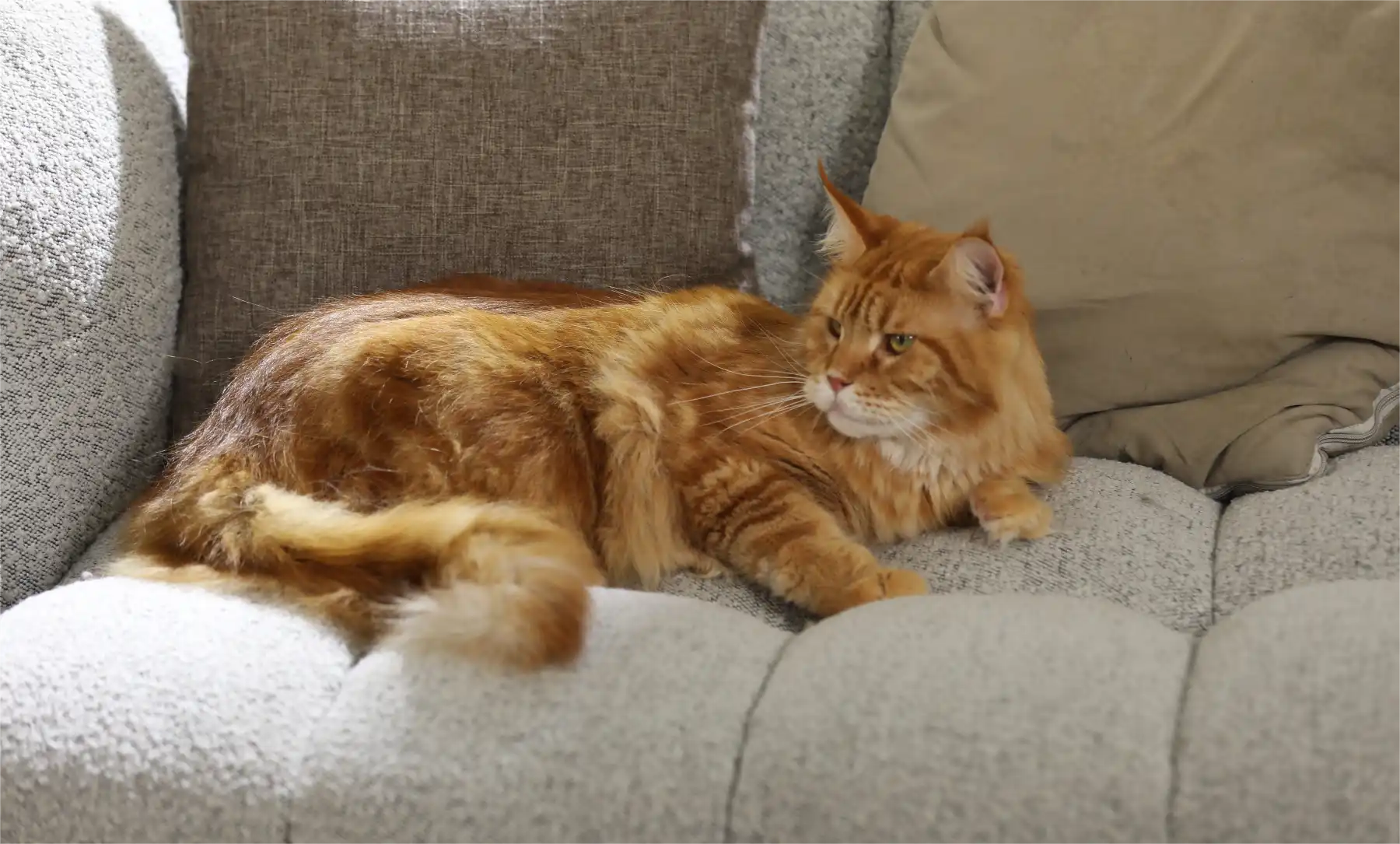
Leave a comment
This site is protected by hCaptcha and the hCaptcha Privacy Policy and Terms of Service apply.